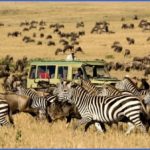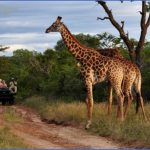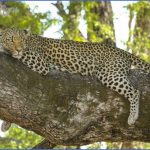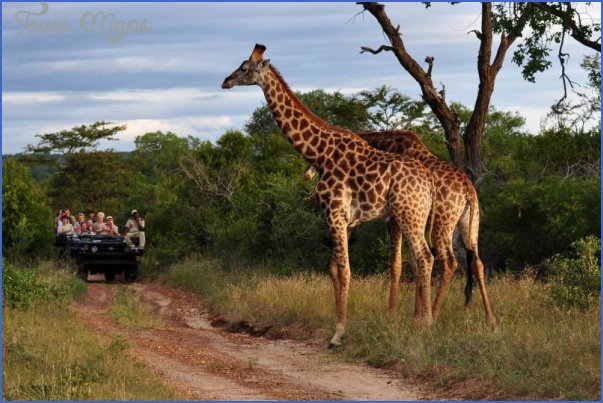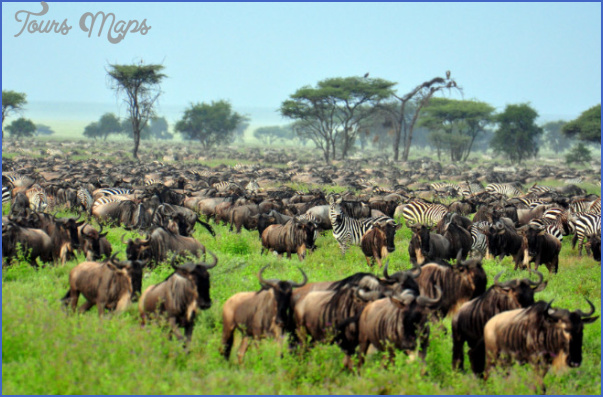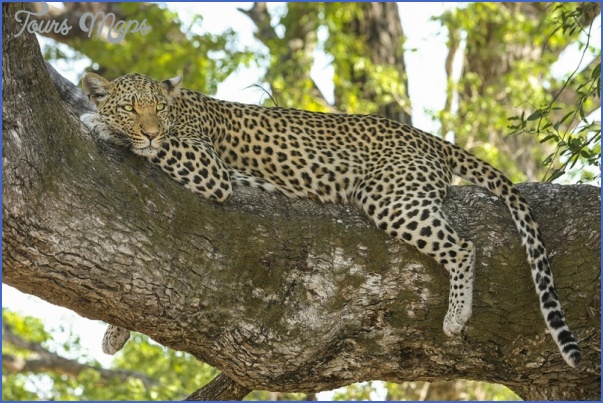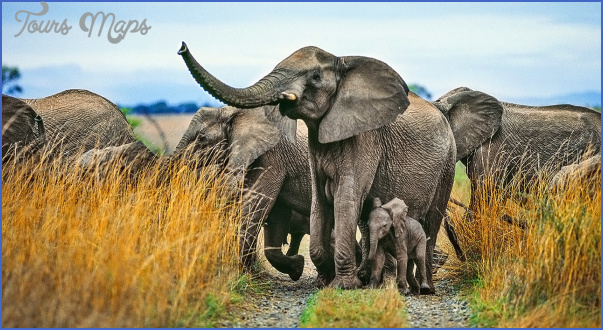Formerly found across North Africa, in Southern Europe and throughout the Middle East, hunting and habitat destruction have rendered it a rarity. Though a few very small populations hang on elsewhere, Morocco now holds the lion’s share of the world population. Here they are on the increase. But with around 300 ibises that might be anywhere in this 34,000 ha of arid land where a limited number of very rough stony or sandy tracks are the main means of getting about, I thought it was essential to have a local guide if I was to stand any chance of finding them.
Mohamed, though, backed out just a couple of days before I left for Morocco. He had taken an alternative bloging of four days’ work. Incomes are low in Morocco so I wasn’t surprised. He recommended his younger brother instead. And so it was that I phoned Mustafa when I got to southern Morocco and arranged to meet him at 10 a.m. the following morning. I had Mohamed’s original rendezvous instructions and we agreed those. Easy I thought.
Setting off from near the city of Agadir and heading south towards Tiznit on the N1 dual carriageway, I was to turn off right where I saw a ‘Camping Massa’ sign, a drive of maybe 50 km. And then drive straight to a carpark where we would meet. Eventually I saw the sign, turned right and ended up in Massa village at a T-junction. No mention of that in the instructions. Seeing no obvious signs I took a gamble and turned right. After a kilometre the road, now a track, divided right and left. Stopping to look at some rudimentary signs, a moped pulled up alongside me.
There then followed a conversation in pidgin French, French being the second language here but commonly spoken. The moped rider explained that he was a national park ‘guardian’; he wore a cap suggesting that perhaps he was but he could have been anyone. His face, though, lit up when I mentioned Mustafa’s name; he immediately made a call on his mobile and proceeded to give me directions to the ‘carpark, which I duly followed. And there on a bit of rough gravel stood Mustafa (or someone who claimed to be Mustafa at least). Either way, we got on famously.
Then it was a case of ‘find the ibises’. With Mustafa driving my very small hire car (illegally of course), we spent five hours speeding along many tens of kilometres of sandy tracks and bone-shaking, potholed ‘roads’ peering into the semi-desert on either side – a landscape of pale sand dotted with low spiny bushes – not seeing even one ibis. We had seen other birds of course. But an ibis, no. I thought we were completely out of luck. It wouldn’t have been the first time. But Mustafa remained buoyant all day with comments such as ‘I never fail’ and ‘Now I am 26 years old and every day I see the ibis’. I was losing faith rapidly. My belief in Mustafa’s optimism was waning.
Then, at 4 p.m. when I had almost given up hope, Mustafa spotted one flying in the distance. Against the bright sunshine I failed to see it. But he knew then where they might be feeding and as we skitted along a sandy track we had travelled along at least twice before that day, we came across a remarkable sight.
A large flock of Northern Bald Ibises no more than 40 m away, casually walking between bits of vegetation picking up whatever they could find in the sandy soil: large beetles, small lizards, seeds from the desert shrubs. I counted 150 ibises; there might have been even more. That’s nearly half the world’s population of this unusual and rare bird, here in one feeding flock. After maybe 15 minutes they flew up and over my head with a great swooshing of black wings and headed off elsewhere, perhaps to find better pickings. They might not be the prettiest birds in the world but they were an impressive sight. Mustafa had come up trumps. Just as he said he would.
Africa Wildlife Safari Travel Photo Gallery
His 600 dirham (about £40) for a day’s guiding had been money well spent. I was more convinced than ever that these birds would have been impossible to spot without his local knowledge…and an ability to zip along sandy tracks on which, in many places, it would have been all too easy to get ‘bogged down’ and spend much of the day digging out the car. We didn’t get stuck once, though we came mightily close to it a few times. But Mustafa’s wider knowledge of bird identification hadn’t been reliable. I wasn’t at all convinced that a pair of very uncommon Marbled Ducks he spotted in the distance on the Massa River weren’t actually a couple of female (very much more common) Teal! And most small birds we saw exhibiting some red in their plumage were always Moussier’s Redstarts – several were, but others were something else entirely. Nevertheless, he found the Bald Ibis and that was what I was primarily interested in seeing.
Satto Singh’s bird identification abilities at Keoladeo were in a whole different league. He took me to an extensive, shallow, freshwater marsh that was teeming with birds. It was hard to know where to look first. Without binoculars, Satto started identifying them: three or four species of egrets, all of them white; both Glossy and Black-headed Ibis (but, of course, no Bald!); darters swimming in the water with only their thin necks visible like some prehistoric reptile birds; dozens of Purple Swamp Hens, their iridescent purple plumage contrasting with their scarlet faces and gangly legs and thousands of ducks. Most of them were here for the winter having flown south from their breeding places in cold northern Russia. Satto knew them all.
Maybe You Like Them Too
- DUBAI UNITED ARAB EMIRATES
- Anniston Map
- Wildlife Travel Guide
- Wildlife Travel To Alonissos
- National Wildlife Travel

